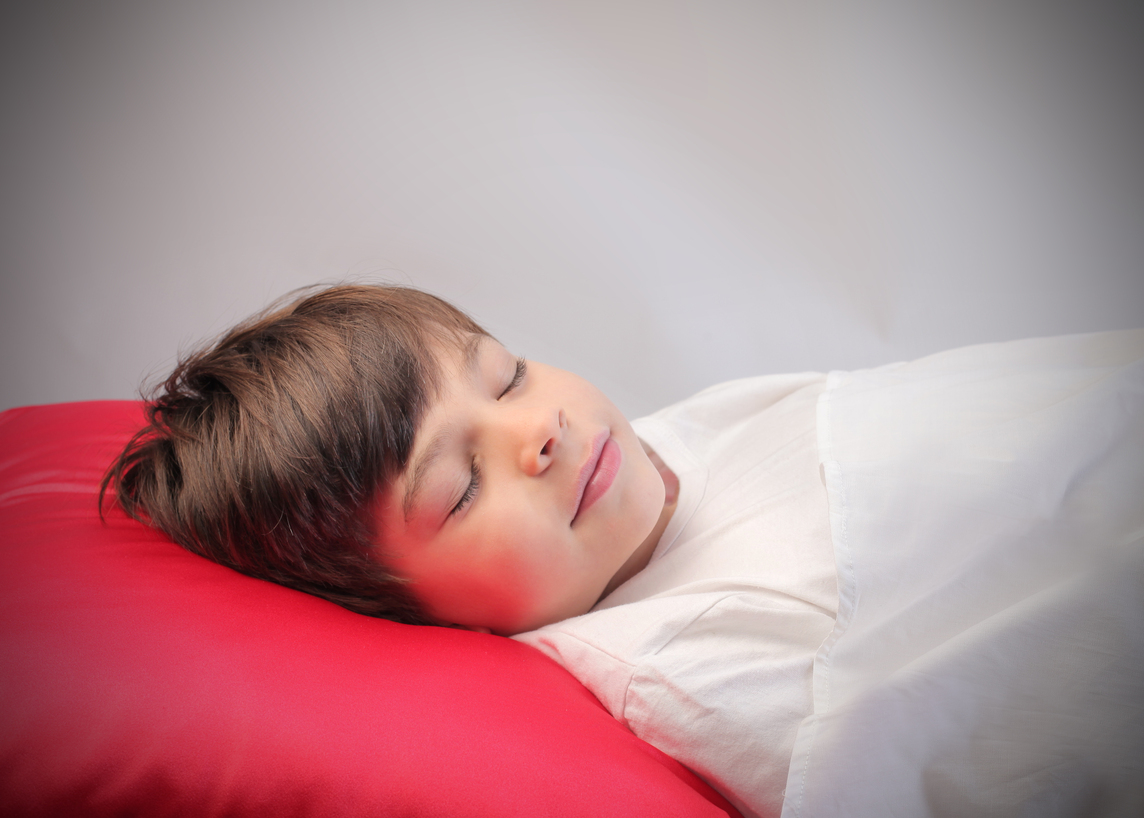Tooth grinding is not something commonly associated with children. Its effects can be chronic in nature rather than acute, and so detecting it is also not very easy. Scientific evidence estimates that almost a third of the children evaluated had a problem with night grinding — or bruxism, as it is medically called.

Bruxism can be hard to detect
Your child may not be aware that he or she is grinding their teeth at night. Night grinding is usually discovered by a parent or sibling sleeping next to the child when they hear the grinding noises. Tell-tale signs include soreness in the jaw, pain in the temporomandibular joint, unusual temperature sensitivity in the teeth, pain while chewing, chipping of teeth, or general wearing away of teeth. If you notice any of these signs, you must visit a dentist for confirmation and treatment as soon as possible.
Bruxism can be self-limiting in some children
Generally, bruxism in children occurs at two time periods. The first one is when their primary teeth are coming, while the second is when their permanent teeth are coming in. In most cases, it is self-limiting and stops when the permanent teeth erupt or when they get properly aligned. Night grinding occurs more when the child is in the deep sleep phase.
In case bruxism progresses into adolescence, it definitely needs intervention from the dentist. Severe bruxism in adults can lead to loss of vertical height, pain, and the need for multiple root canals and crowns.
Common causes of bruxism
There can be multiple causes of bruxism:
- Poorly aligned teeth during the eruption phase may lead to bruxism and this is usually self-limiting and stops once the teeth come into alignment.
- Pain due to an earache or irritation during teething may drive a child to bruxism. It is similar to putting pressure on an aching joint to relieve pain. This would also stop once the reason is corrected or treated.
- Medical disturbances like Cerebral Palsy, endocrine disorders, or allergies could also cause bruxism. These would require a detailed check-up from the relevant specialist. Certain medications also may cause bruxism as a side effect and would require change by the prescribing specialist.
- Stress or anger may lead a child to bruxism and this will usually stop when the cause of stress of anger is removed. Hyperactivity may also be a reason for bruxism.
How is bruxism diagnosed in the dental clinic?
The dentist may use the air and water spray to check for heightened sensitivity. They would also check the temporomandibular joint to look for tenderness by asking the child to open and close the mouth.
The dentist would definitely question the child and you about any stressful situation at home or at the child’s school. These may even include a new house or shifting to a new city, new school, or a new sibling. Children are unusually intuitive and observant and are prone to anxiety.
Treatment of bruxism in children
In case the dentist suspects bruxism and can see signs of wear and tear, or chipping on the teeth, he or she may recommend treatment. Treatment for bruxism includes using a customized mouth guard which is also used by athletes and boxers. The child may take some time to get used to the mouth guard. It is, however, very beneficial for the child. The dentist would only recommend this if he or she can see any physical signs of bruxism. Temporary crowns may also be given in cases of more severe damage.
What can parents do to help their child with night grinding?
Can night grinding be prevented?
Prevention of bruxism is not really possible as in most cases it is aligned with growth and development of the jaw. It can, however, be avoided by preventing any stressful situation for the child and keeping communication channels open with the child.


Your thoughts on this